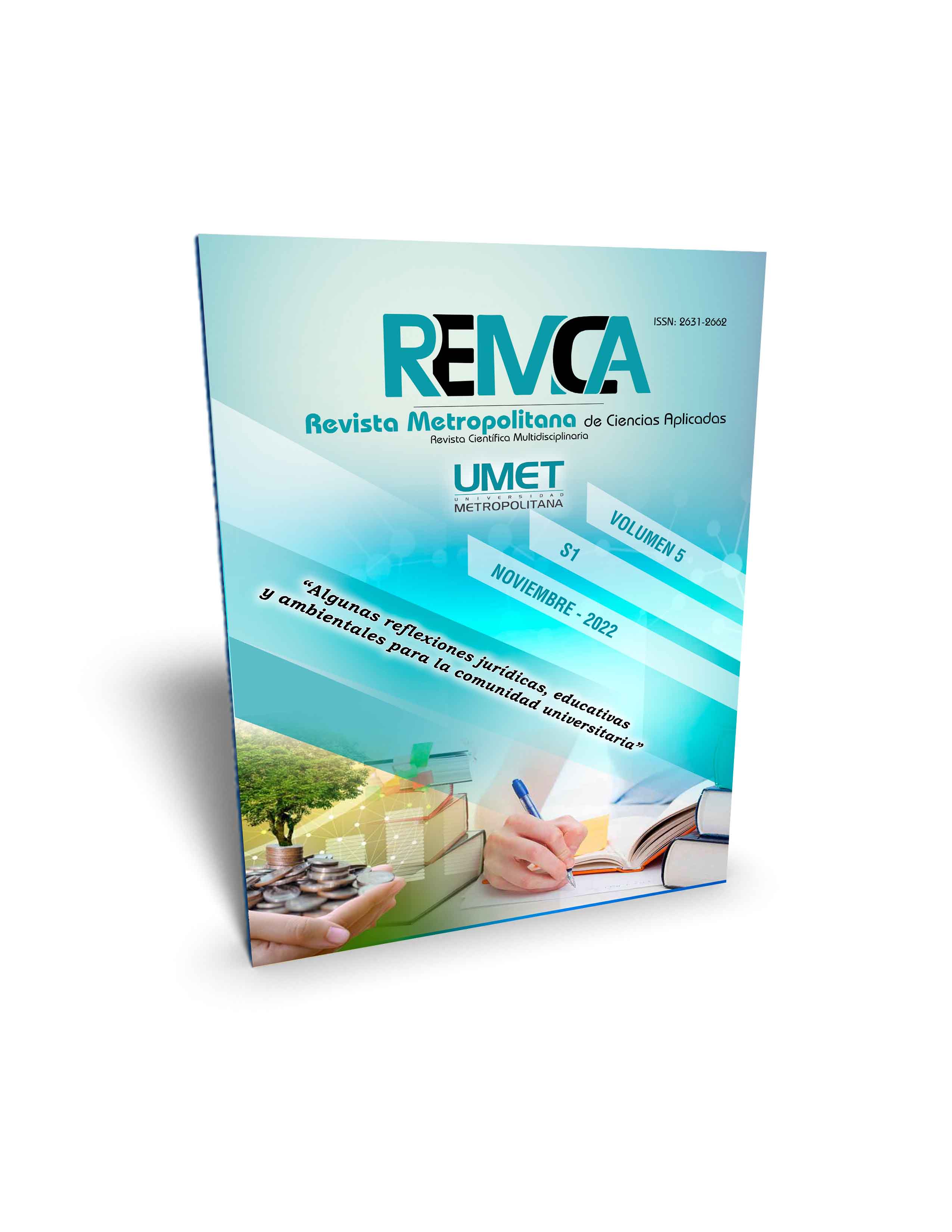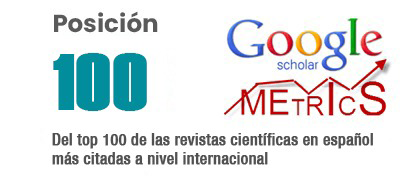Extreme poverty: a study from the perspective of the violation of the rights of the good life
DOI:
https://doi.org/10.62452/wb9dn409Keywords:
Extreme poverty, rural areas, human rights, rights to Good LivingAbstract
In Ecuador, the Constitution of the Republic in its article 3, on the duties of the State, points out the eradication of poverty as a fundamental step to guarantee the good life of the entire country. However, according to the National Institute of Statistics and Censuses, by 2021, 32.2% of the population was in a state of poverty, and of these, 14.7% are in extreme poverty. For this, the general objective is to analyze extreme poverty as a phenomenon that violates the rights to Good Living of the people who live in Ecuador, under a descriptive-documentary qualitative approach. People who are in this situation lack adequate conditions to guarantee a decent life, health, work, housing, therefore, poverty violates the constitutional right to good living.
Downloads
References
Aguirre, J. (2014). La pobreza como detonante para pensar el derecho y sus valores fundamentales. (Tesis doctoral). Universidad Autónoma de Nuevo León.
Banco Mundial. (2022). Pobreza. Panorama general. https://www.bancomundial.org/es/topic/poverty/overview
Coba, G., & Cobos, E. (2021). El 32,2% de ecuatorianos vive con menos de USD 2,8 al día. https://www.primicias.ec/noticias/economia/ecuatorianos-poblacion-condicion-vida-pobreza-estadistica/
Coll, F. (2020). Pobreza. https://economipedia.com/definiciones/pobreza.html
Comisión Económica para América Latina y el Caribe. (2010). Indicadores de pobreza y pobreza extrema utilizadas para el monitoreo de los ODM en América Latina. CEPAL. https://www.cepal.org/sites/default/files/static/files/indicadores_de_pobreza_y_pobreza_extrema_utilizadas_para_el_monitoreo_de_los_odm_en_america_latina.pdf
Comisión Económica para América Latina y el Caribe. (2019). La pobreza en América Latina se mantuvo estable en 2017, pero aumentó la pobreza extrema, alcanzando su nivel más alto desde 2008, mientras que la desigualdad se ha reducido apreciablemente desde 2000. CEPAL. https://www.cepal.org/es/comunicados/la-pobreza-america-latina-se-mantuvo-estable-2017-pero-aumento-la-pobreza-extrema
Comisión Interamericana de Derechos Humanos. (2001). OEA/Ser./L/VII.110. Tercer Informe sobre la situación de los Derechos Humanos en Paraguay. http://www.cidh.org/countryrep/paraguay01sp/indice.htm
Ecuador. Asamblea Nacional Constituyente. (2008). Constitución de la República del Ecuador. Registro Oficial 449. https://www.oas.org/juridico/pdfs/mesicic4_ecu_const.pdf
Ecuador. Instituto Nacional de Estadísticas y Censos. (2007). Las condiciones de vida de los ecuatorianos. Resultados de la encuesta de condiciones de vida-quinta ronda. INEC. https://www.ecuadorencifras.gob.ec/documentos/web-inec/ECV/Publicaciones/ECV_Folleto_Pobreza.pdf
Fondo de las Naciones Unidas para la Infancia. (2018). Más de 104 millones de niños y de jóvenes –1 de cada 3– no van a la escuela en los países afectados por guerras o desastres naturales. UNICEF. https://www.unicef.org/es/comunicados-prensa/m%C3%A1s-de-104-millones-de-ni%C3%B1os-y-de-j%C3%B3venes-1-de-cada-3-no-van-la-escuela-en-los
MacEwan, A. (2010). El significado de la pobreza: cuestiones de distribución y poder. Investigación económica, 69(272), 15-56.
Mideros, A. (2022). Ecuador retrocede en sus metas de desarrollo social. https://www.primicias.ec/noticias/firmas/ecuador-retrocede-metas-desarrollo-social/
Organización de las Naciones Unidas para la Educación, la Ciencia y la Cultura. (2020). Informe de seguimiento de la educación en el mundo, 2020, América Latina y el Caribe: inclusión y educación: todos y todas sin excepción. UNESCO. https://unesdoc.unesco.org/ark:/48223/pf0000374615
Organización Mundial de la Salud. (2021). La OMS insta a los países a construir un mundo más justo y saludable tras la pandemia de COVID-19. OMS. https://www.who.int/es/news/item/06-04-2021-who-urges-countries-to-build-a-fairer-healthier-world-post-covid-19
Downloads
Published
Issue
Section
License
Copyright (c) 2022 Víctor Josué Villacis Landa, David Alejandro Arroba López (Autor/a)

This work is licensed under a Creative Commons Attribution-NonCommercial-ShareAlike 4.0 International License.
Authors who publish in Revista Metropolitana de Ciencias Aplicadas (REMCA), agree to the following terms:
1. Copyright
Authors retain unrestricted copyright to their work. Authors grant the journal the right of first publication. To this end, they assign the journal non-exclusive exploitation rights (reproduction, distribution, public communication, and transformation). Authors may enter into additional agreements for the non-exclusive distribution of the version of the work published in the journal, provided that acknowledgment of its initial publication in this journal is given.
© The authors.
2. License
The articles are published in the journal under the Creative Commons Attribution-NonCommercial-ShareAlike 4.0 International License (CC BY-NC-SA 4.0). The terms can be found at: https://creativecommons.org/licenses/by-nc-sa/4.0/deed.en
This license allows:
- Sharing: Copying and redistributing the material in any medium or format.
- Adapting: Remixing, transforming, and building upon the material.
Under the following terms:
- Attribution: You must give appropriate credit, provide a link to the license, and indicate if any changes were made. You may do this in any reasonable manner, but not in any way that suggests the licensor endorses or sponsors your use.
- NonCommercial: You may not use the material for commercial purposes.
- ShareAlike: If you remix, transform, or build upon the material, you must distribute your creation under the same license as the original work.
There are no additional restrictions. You may not apply legal terms or technological measures that legally restrict others from doing anything the license permits.




